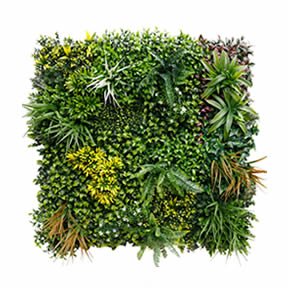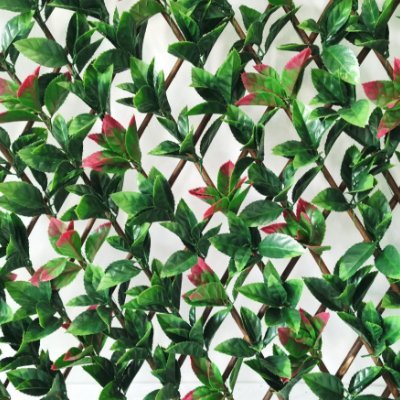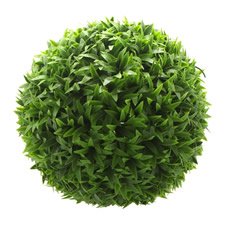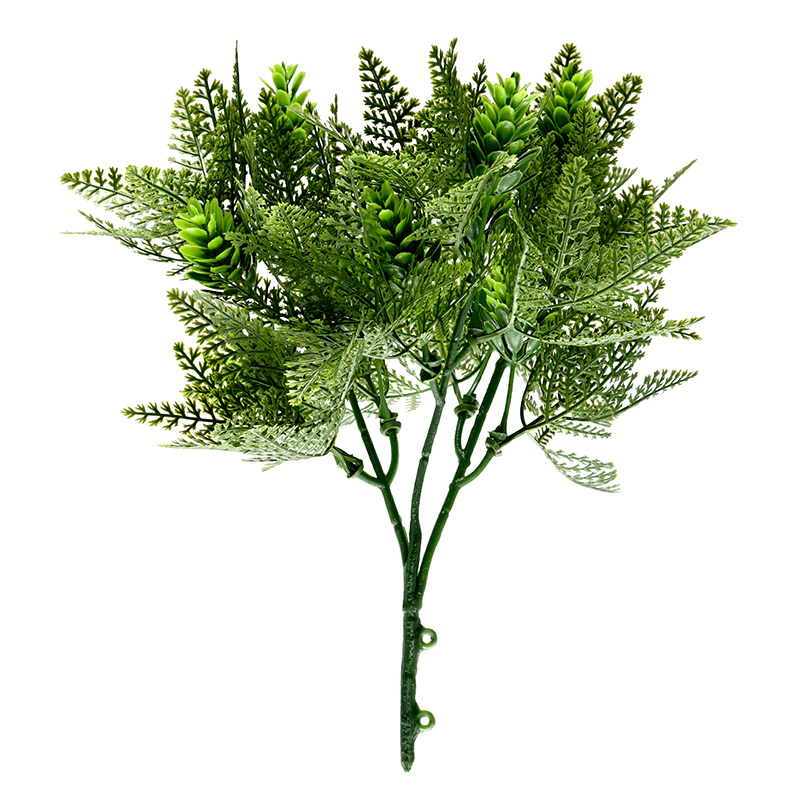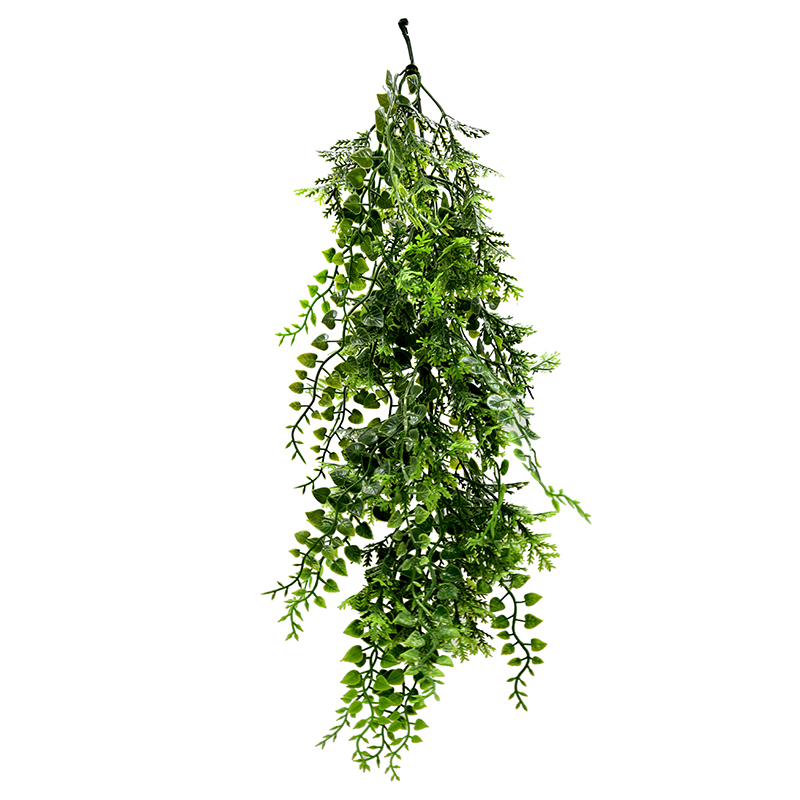How to Clean Fake Plants?
 2024 11 28
2024 11 28Personally caring for live plants can bring a great sense of accomplishment. However, let’s face it: maintaining real plants at home is quite a challenging task. It involves finding suitable soil, frequent watering, water quality management, not to mention the home’s lighting conditions, environment, and available resources. The effort involved is evident, which may explain why more and more people are turning to fake plants.
Fake plants are popular in modern decor for their low maintenance and durability. However, made from synthetic materials, they easily attract airborne particles. Over time, dust and debris can accumulate, making them appear unsightly. Then how to clean fake plants?
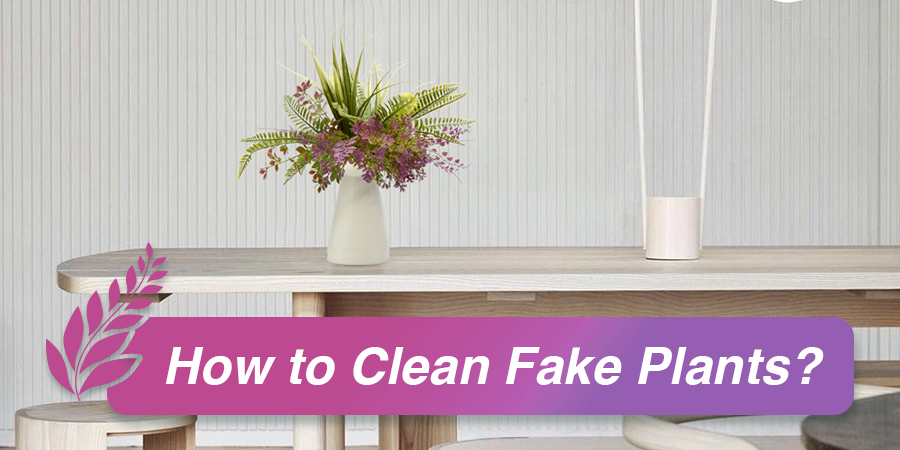
- Understand the Materials of Fake Plants
- How to Clean Fake Plants & Flowers
- How to Clean Silk Flowers
- How to Clean Paper Flowers
- How to Clean Artificial Trees
- Extra Tips to Clean Fake Plants
- How Often Is It Necessary to Clean Fake Plants?
- Cleaning Methods Overview
- Secrets to Maintaining the Lifelike Appearance of Fake Plants
Understand the Materials of Fake Plants
Fake plants are crafted from a variety of materials, each with unique characteristics that influence their appearance, durability, and maintenance requirements. Understanding the material composition is crucial when determining the appropriate cleaning approach, as different materials may require specific care to maintain their quality and appearance over time.
Most fake plants are made from synthetic materials like polyester, PVC (polyvinyl chloride), PE (polyethylene), and nylon. These materials are commonly chosen for their resilience and ability to mimic the texture and look of natural foliage. Additionally, some are made from silk or paper, offering a softer, more delicate appearance.
Now, let’s explore effective cleaning and maintenance techniques for different materials.
How to Clean Fake Plants & Flowers
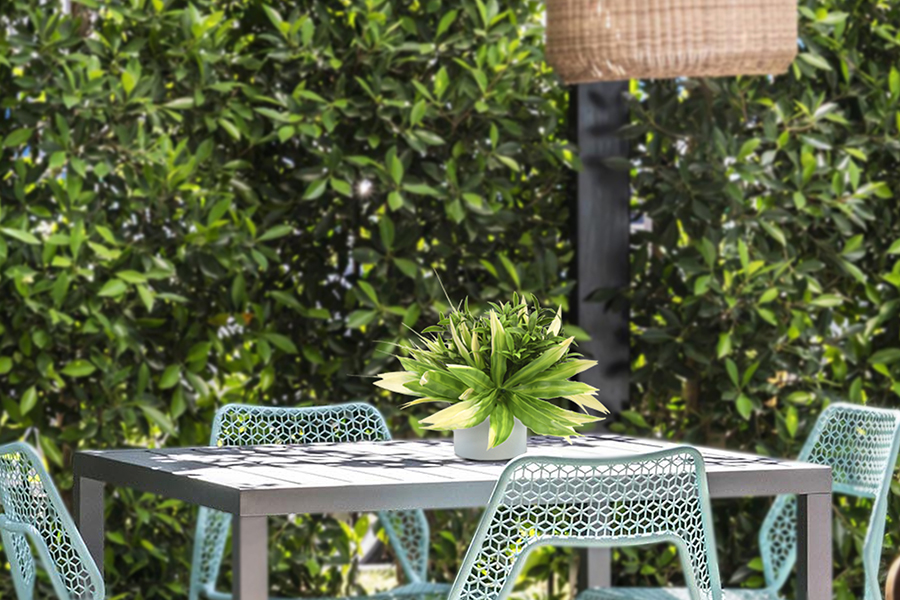
- For Stains: Stains from dirt can be easily removed using a vinegar solution.Mix white vinegar with water in a spray bottle, or dip a cloth into the mixture and gently wipe the affected area. Allow the solution to sit for a few minutes before wiping clean.
- For Dust: To refresh dusty plants, use your regular dusting technique. A simple method is to run a feather duster through the foliage to dislodge and capture the dust. For more stubborn dust, wiping each leaf individually with a microfiber cloth may be more effective. Lightly dampening it with water can significantly enhance its dust-removing capabilities. With these simple techniques, artificial plants can maintain their beauty and vibrancy.
How to Clean Silk Flowers
- Use a dry towel or duster: Most dyed silk plants are not water-safe, as moisture can cause the dye to run. If uncertain about your silk plant’s water compatibility, it’s best to use only a dry towel or duster.
- Try the salt technique!This effective method, especially suited for silk flowers, avoids moisture. Place the flowers in a large bag that covers them and the stems completely. Add a cup of salt to the bag, then shake it vigorously. The grains will dislodge any dirt or dust from the silk petals. After shaking, carefully remove each flower and gently brush off any remaining salt.
- Consider investing in a silk plant cleaner: Ifyou’ve purchased an expensive silk plant, using a high-quality cleaning solution is essential. Many manufacturers offer silk plant cleaners—specialized bottled solutions formulated to remove dirt without damaging the silk fibers. This option ensures the plant remains undamaged and maintains its fresh appearance for years.
- Note that some silk flowers can tolerate moisture: While the salt method is effective for light cleaning, it may not suffice for a deep clean. If the silk requires more thorough care, certain silk plants can handle a mixture of vinegar and water, particularly if they are undyed. Always check product labels or test a small area before applying water.
How to Clean Paper Flowers
Cleaning paper flowers necessitates a careful approach, as the material is sensitive to moisture. It’s important to avoid damp or wet cloths and refrain from submerging them in water, as this may lead to tearing or color changes. Gently dust the flowers using a soft brush or duster. Alternatively, a hairdryer on a cool setting can effectively blow away dust without causing any harm.
How to Clean Artificial Trees
To effectively clean artificial trees, the optimal approach is to move them outdoors ( if conditions permit ) and gently shake them to remove as much dust as possible. Next, use a large dusting brush or a microfiber cloth to meticulously wipe away dust from the branches and leaves. For deep cleaning stubborn dirt in the gaps and crevices of the branches, a vacuum cleaner equipped with a soft brush head is recommended, as it can accurately reach and eliminate these hard-to-clean areas.
Additionally, on rainy days, placing the artificial tree or large plants outside can help wash away surface dirt with natural rainwater. After cleaning, ensure the plants are thoroughly dried to eliminate any moisture before returning them to their original position.
Extra Tips to Clean Fake Plants
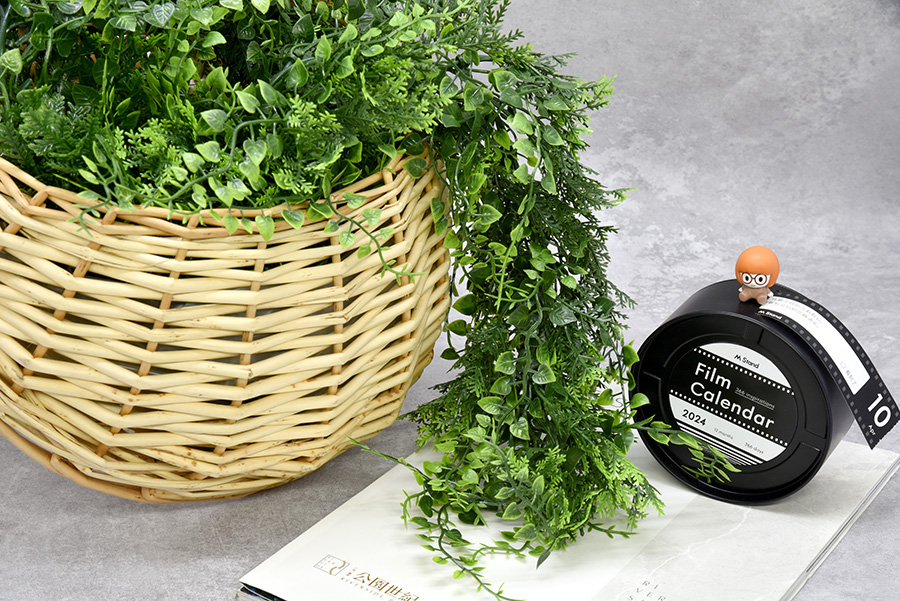
- Avoid using hot or warm water, as heat can weaken adhesives and cause colors to fade.
- For a polished shine, gently wipe the leaves with a microfiber cloth slightly dampened with furniture polish.
- Use an old toothbrush dipped in rubbing alcohol to tackle grime in tight spaces, ensuring a spot test is performed first.
- Vacuum your plants. Cover the opening of the attachment hose with a nylon stocking, securing it with a rubber band, to prevent plant parts from being sucked up.
- Dust broad leaves with a used dryer sheet; its anti-static properties help maintain cleanliness and reduce dust buildup.
How Often Is It Necessary to Clean Fake Plants?
To maintain the tidiness and aesthetic appeal of fake plants, it is advisable to incorporate them into your daily cleaning routine. The frequency of cleaning can be adjusted based on your specific circumstances and needs, whether weekly or monthly; the key is to maintain a balanced rhythm without becoming overly fixated on a fixed schedule.
Fake plants require meticulous attention, especially when the leaves are complex, stems are loose, or petals are delicate. Extra caution is needed during cleaning to avoid scratching the material or deepening stains. Just follow the above guidelines, and you can easily manage the cleaning and upkeep of artificial plants.
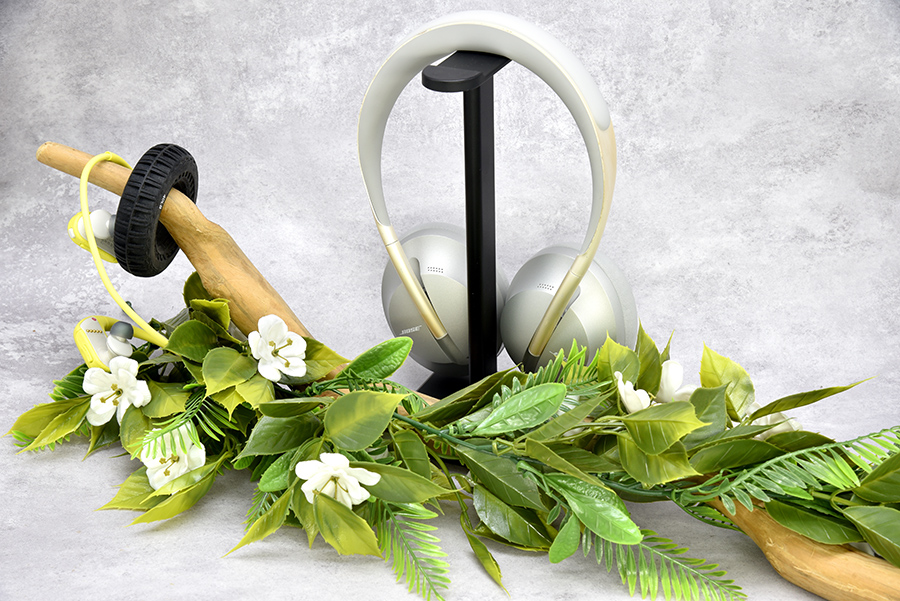
Cleaning Methods Overview
The best cleaning materials can often be found right in your kitchen pantry. Whether for faux plants or other household items, here’s a breakdown of how each works.
| Cleaning Material | Description |
| Vinegar | Contains acetic acid, giving it a strong taste and smell. White vinegar is the most acidic and effective cleaner, tackling nearly any form of dirt and stain. It’s often recommended to dilute it with water due to its potency. |
| Hairspray | Sometimes used for cleaning, hairspray contains alcohol as its main ingredient. Similar to hand sanitizer, this alcohol helps dissolve dirt, and certain formulations can even eliminate germs. However, hairspray can be sticky; using too much on a plant may result in a clumpy appearance and can attract more dirt. |
| Salt | Effective for cleaning due to its abrasive properties. When a fake plant accumulates more dust than a microfiber cloth can manage, placing salt in a bag (as described earlier) can be beneficial. |
| Water | Essential for resolving most cleaning challenges, from dusty surfaces to stains. Water lifts micro-particles and ingrained dirt that a dry towel cannot. When cleaning plants, use cold water to avoid pushing stains deeper into porous surfaces. |
Secrets to Maintaining the Lifelike Appearance of Fake Plants
When it comes to maintaining artificial plants, the primary focus should be on keeping them clean. Beyond that, adding a subtle shine can significantly enhance their realism, allowing them to radiate a natural brilliance while minimizing artificial appearances.
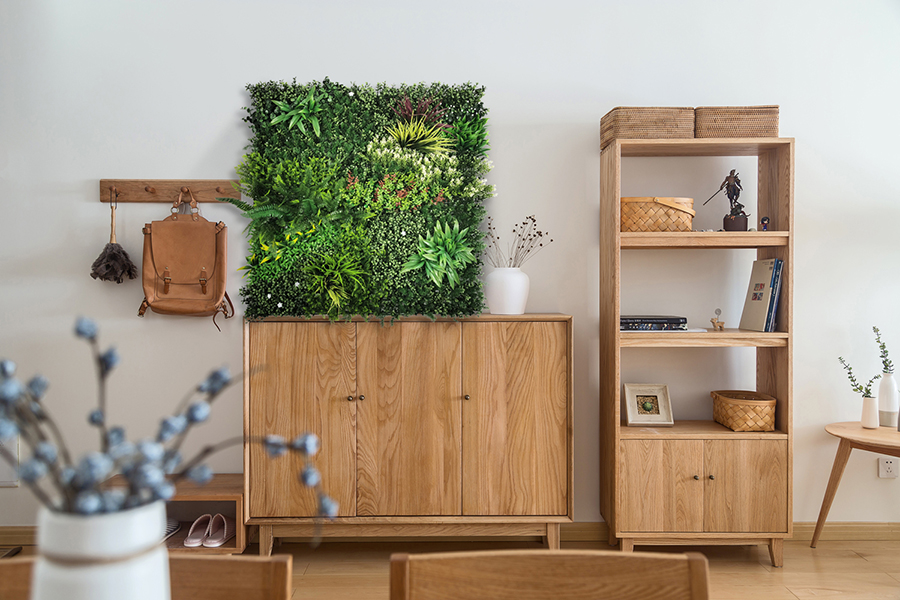
There are specialized cleaning solutions available on the market designed specifically for silk plants. These products not only deliver effective cleaning but also provide a brightening effect. Typically available in spray form, a light mist can instantly restore freshness and moisture to the leaves.
For those who prefer a DIY approach, hairspray can create surprising results. It effectively removes stubborn dust while imparting a natural shine to the plant’s surface. However, it’s important to note that hairspray is not suitable for silk plants and should only be used on non-silk materials. Control the spray amount to avoid over-application.
Pro Tip: If your artificial plant features particularly large leaves, consider lightly wiping them with olive oil. Just a tiny amount can create an immediate shine, revitalizing the entire plant and giving it a more vibrant appearance.

